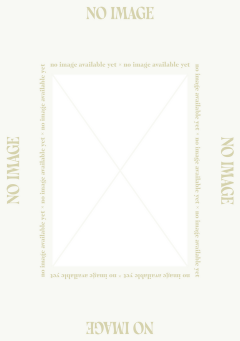My Cart
Your cart is empty
Looks like you haven't made your choice yet.
- Subtotal
I object

Ian Hislop's search for dissent
- British Museum
- Expo;: 6/9/2018 - 20/1/2019, British Museum, London
- Ian Hislop, Tom Hockenhull
More Information
| Publisher | British Museum |
|---|---|
| ISBN | 9780500480410 |
| Author(s) | Ian Hislop, Tom Hockenhull |
| Publication date | September 2018 |
| Edition | Hardback |
| Dimensions | 240 x 170 mm |
| Illustrations | 150 col. & bw ill. |
| Pages | 224 |
| Language(s) | Eng. ed. |
| Exhibition | British Museum, London |
Description
I object gathers together some 180 objects that people have created, adapted and used to mock and attack the status quo in societies as varied as Egypt in the 11th century bc, 16th-century England and late 20th-century Afghanistan. The objects - ranging from badges, posters, prints and ceramics to items that contain messages hidden from first view, such as wooden doors from Nigeria, a cotton kanga from Kenya or a postage stamp from China - frequently illuminate lost or forgotten movements in history, giving voice to those who feel disenfranchised or have no other way to express their views safely. The objects have been chosen by satirist Ian Hislop, who also co-wrote the text with Tom Hockenhull. The book is organized into three sections: the first looks at overt challenges to authority, from defaced coins to visual satire; the second explores how subversive messages, codes and metaphors can be concealed in, for example, clothing and jewelry; the third investigates the role of the artist as activist. The result is a celebration of the wit and ingenuity of those who have questioned the establishment told through the objects that they have left behind, showing that the human spirit of rebellion is impossible to crush.

I object
